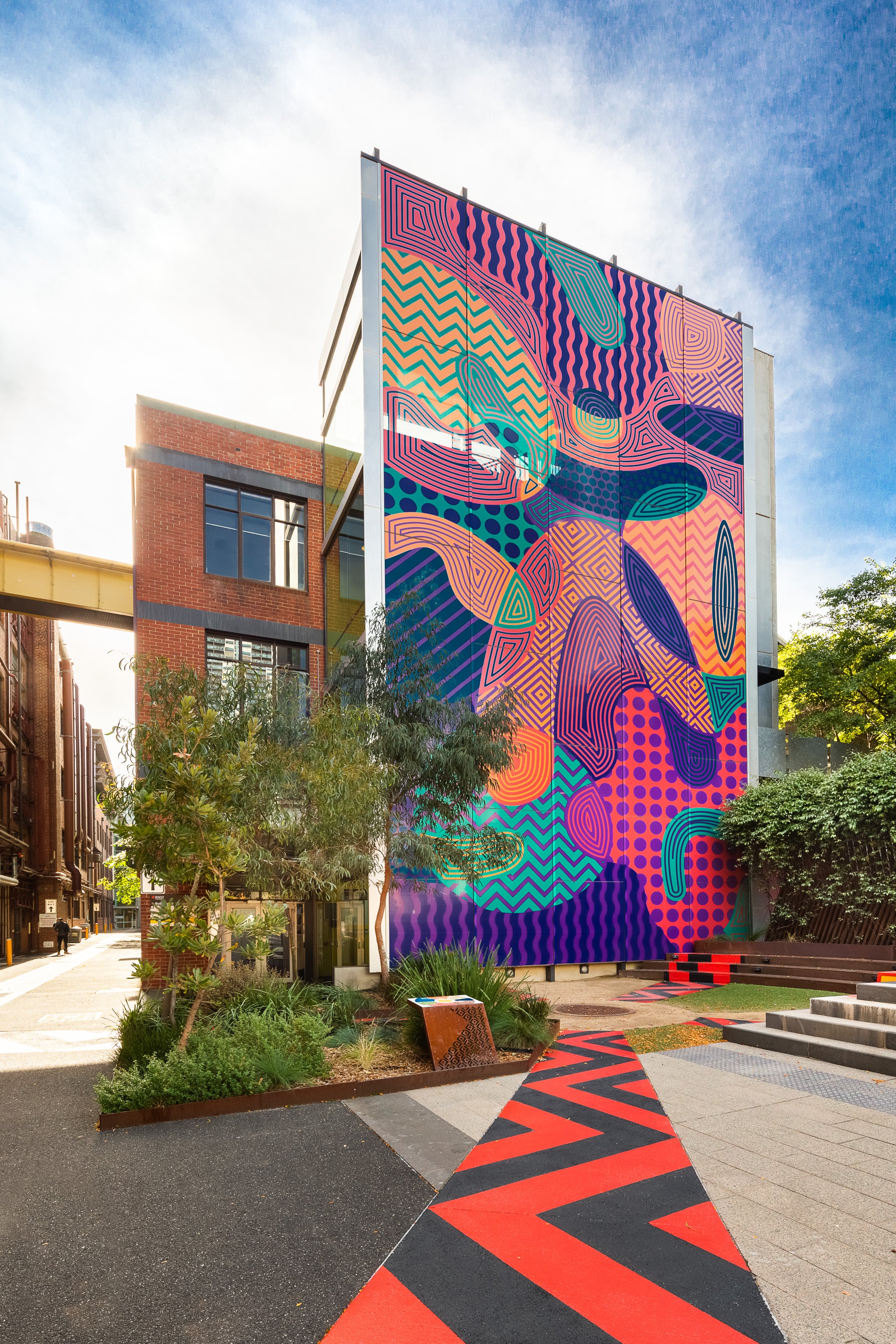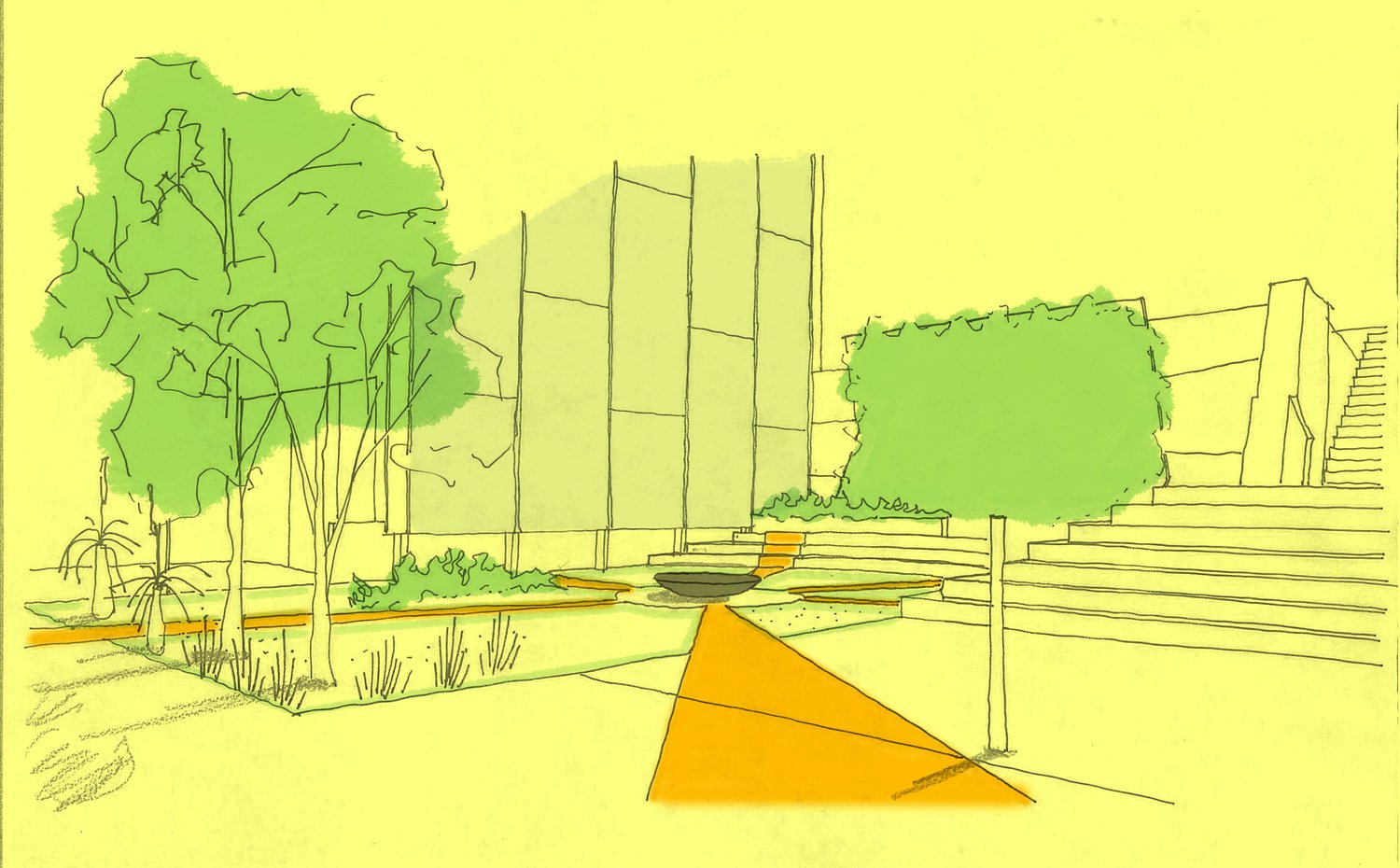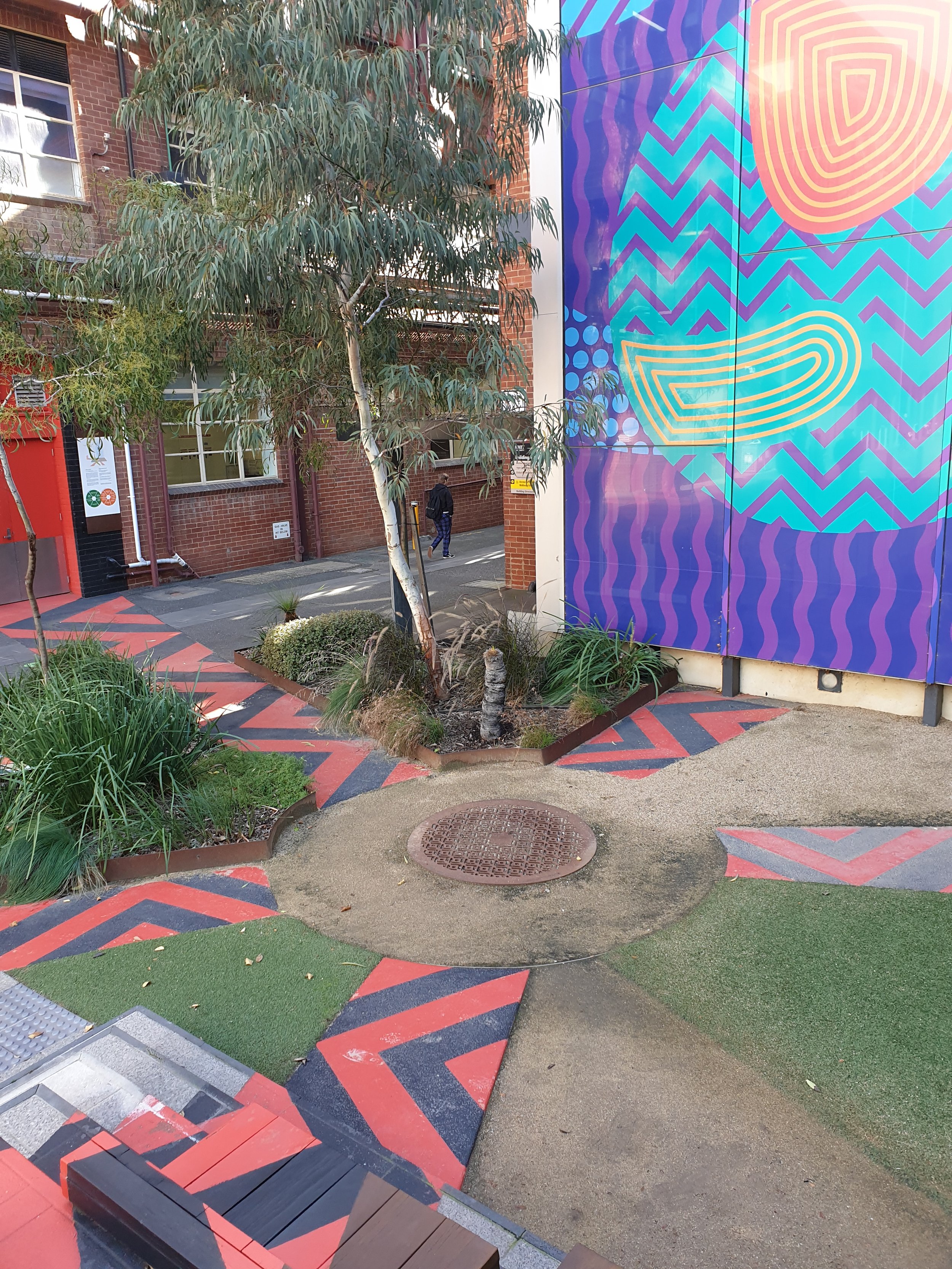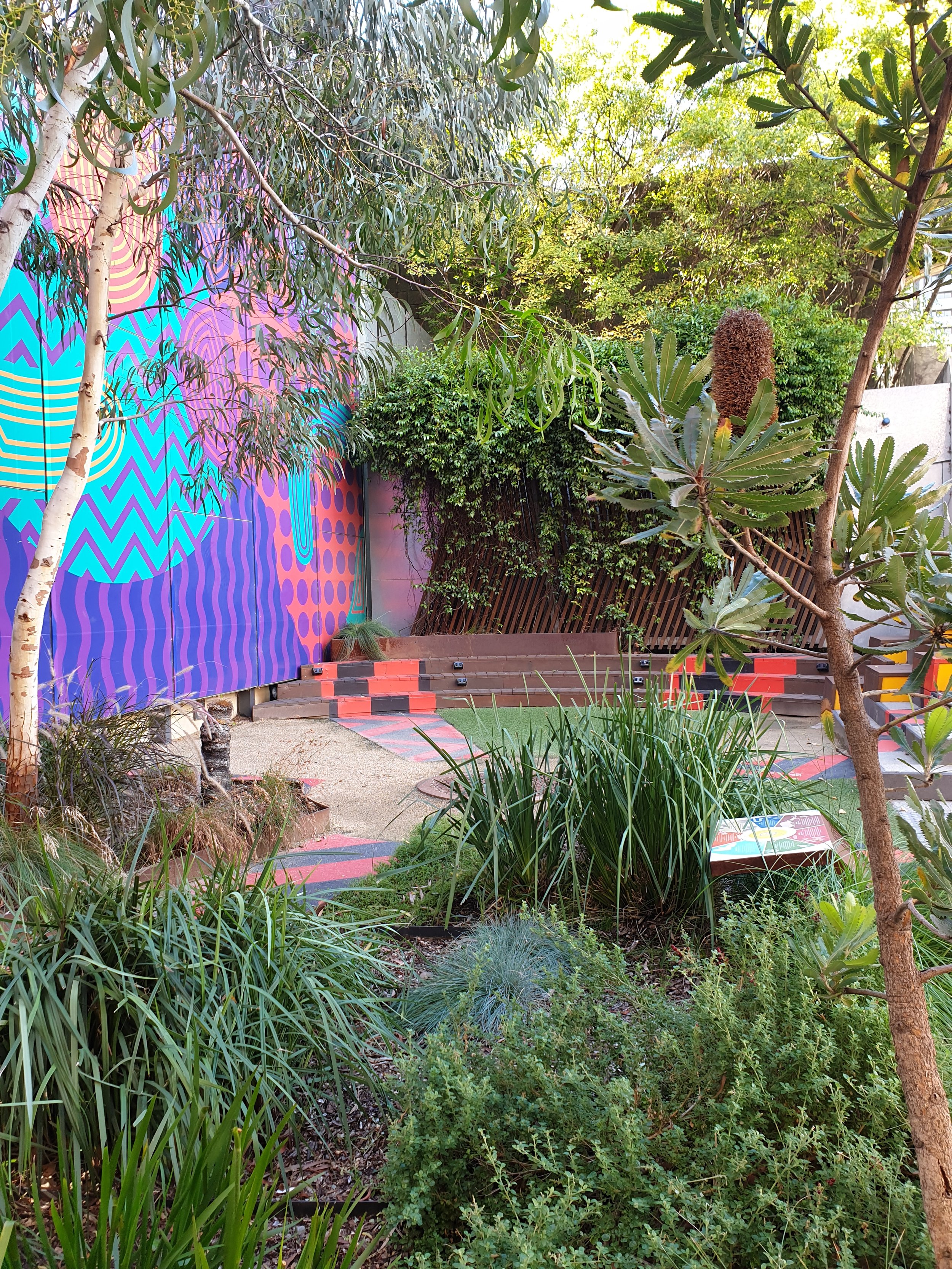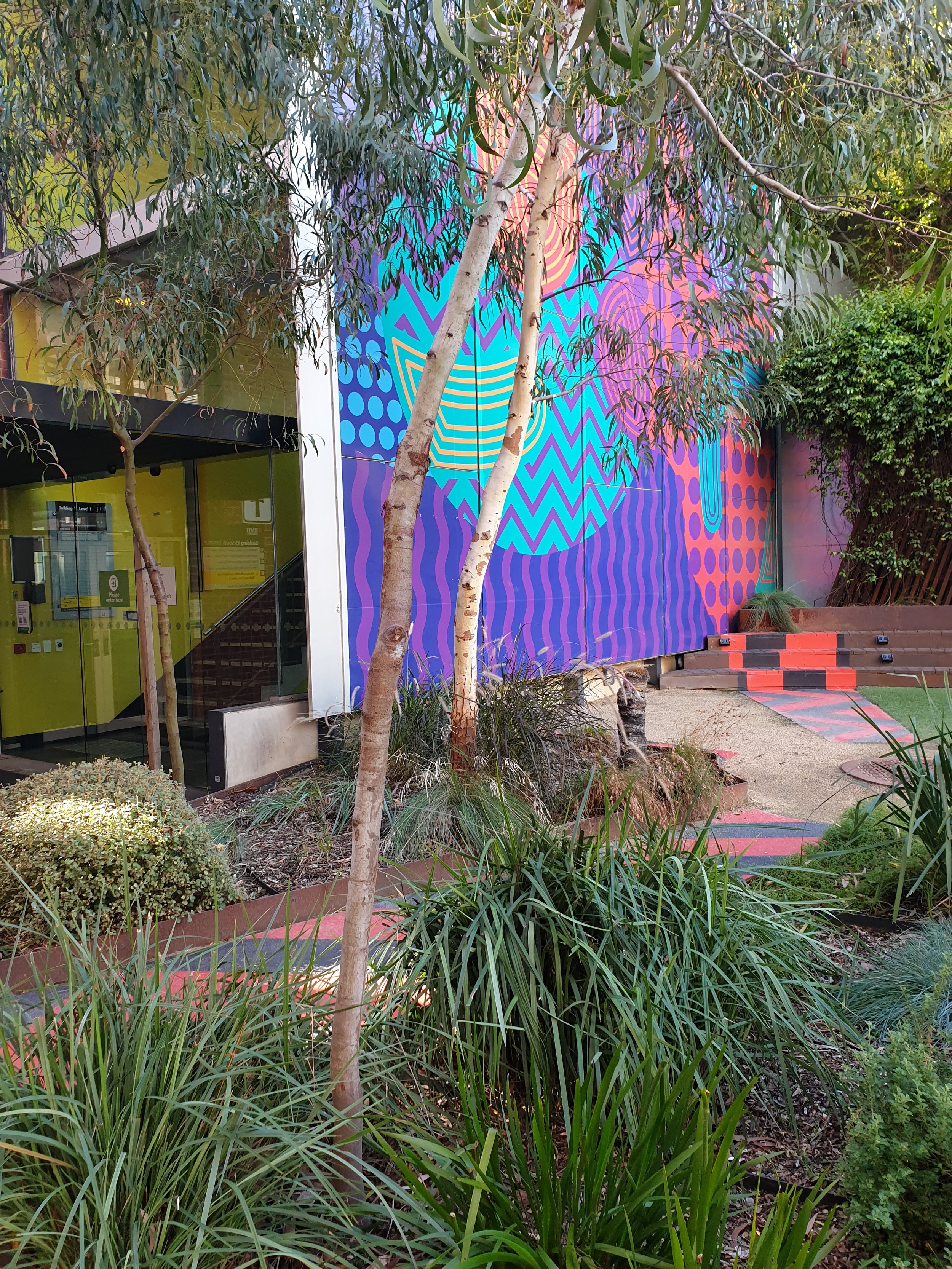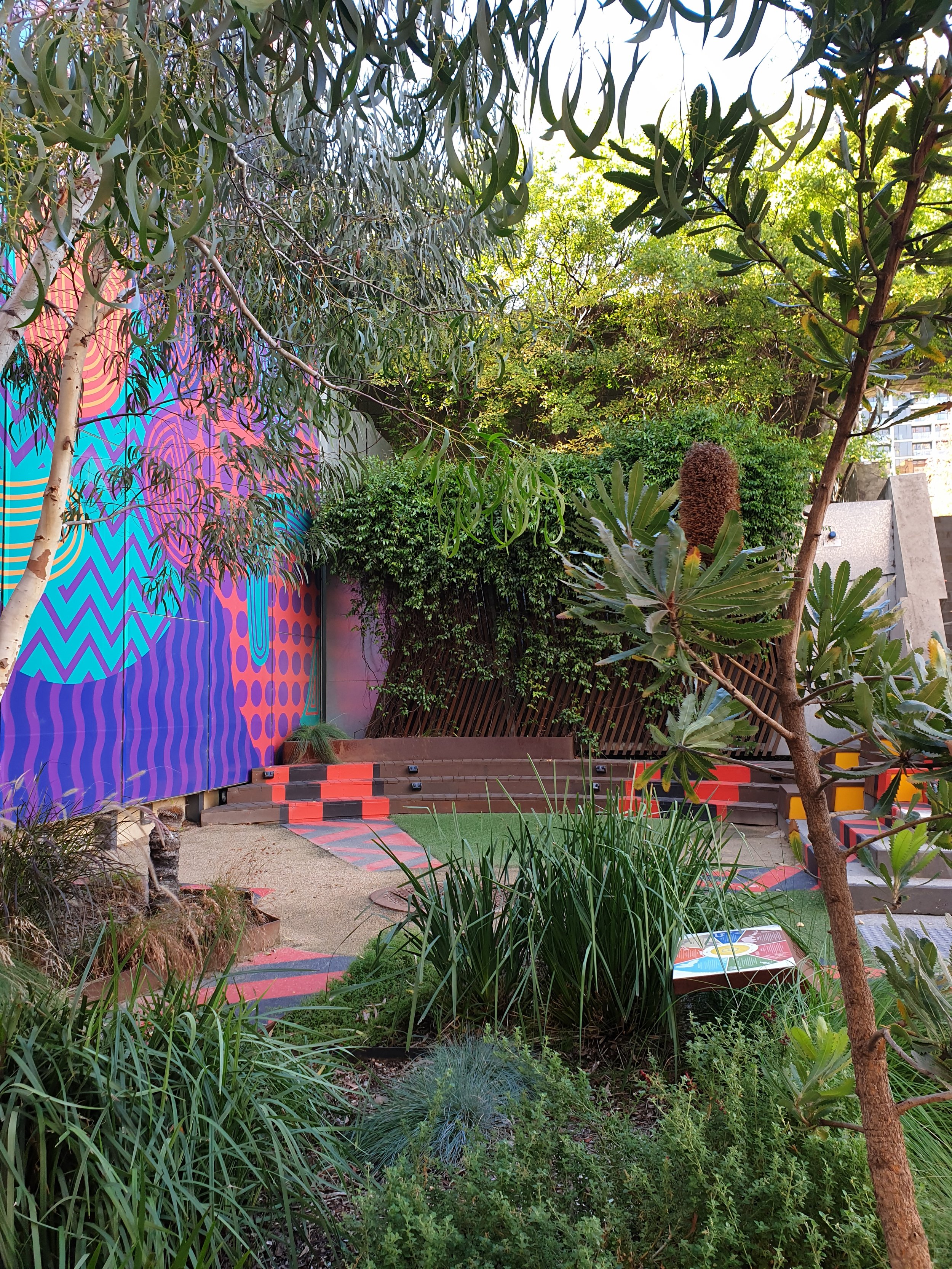
Client
RMIT University
Traditional Land
Wurundjeri/Woiwurrung
Value
$<1.0 million
Status
Complete
Scope
Indigenous Engagement
Engagement Framework & Strategy
Indigenous Design Integration
Landscape Design
Awards & Recognition
Design Strategy - Winner, Victorian Premier’s Design Awards 2016
Architectural Design - Finalist, Victorian Premier’s Design Awards 2016
Communication Design - Finalist, Victorian Premier’s Design Awards 2016
Selected Project Exhibit, Australian Pavilion, Venice Biennale 2018
Publications
2A Architecture & Art
arbv.vic.gov.au
Architect Victoria
Architel TV
Australian Design Review Gunyah, Goondie + Wurley: The Aboriginal Architecture of Australia (book)
indesignlive.com
Kerb - Journal of Landscape Architecture (Journal)
Landscape Architecture Australia
Landscape Architecture Aotearoa
Pursuit
Repair [Biennale Architettura] (book)
Sacred Spaces TV programme
The Conversation
The Koori Mail
The Place Economy, Vol. 2 (book)
Uncube Magazine
sparkkle.space
Ngarara Place
Ngarara Place is a significant addition to the cultural and campus life of RMIT University. In recognition of the oldest continuing culture in the world, a newly conceived landscape/urban design intervention has been incorporated adjacent to the key cross access (of Chemistry Lane) within the heart of RMIT’s city campus.
This project stemmed from the University’s Indigenous Unit – the Ngarara Willim Centre to build a visible presence and recognition of Aboriginal and Torres Strait Islander peoples, cultures and histories as connected among the lands of the Kulin Nation in which RMIT stands, with particular deference to the cultural continuity of the custodians of the land, especially the Wurundjeri and the Boon Wurrung.
The project draws on four key pillars, which anchor the design narrative embedded in the scheme. Our work on the design for Ngarara Place, was influenced by an ‘Indigenous Placemaking’ approach. The concept reinforced the connection between Indigenous Country and people.
A broad range of stakeholders were consulted to determine how best to reveal and celebrate Indigenous knowledge systems, traditions, motifs and people, and amplify Indigenous culture throughout the space.
The importance of engaging with a cross section of stakeholders such as the Wurundjeri Tribe Land and Compensation and Cultural Heritage Council was fundamental to the success of the design outcome.

